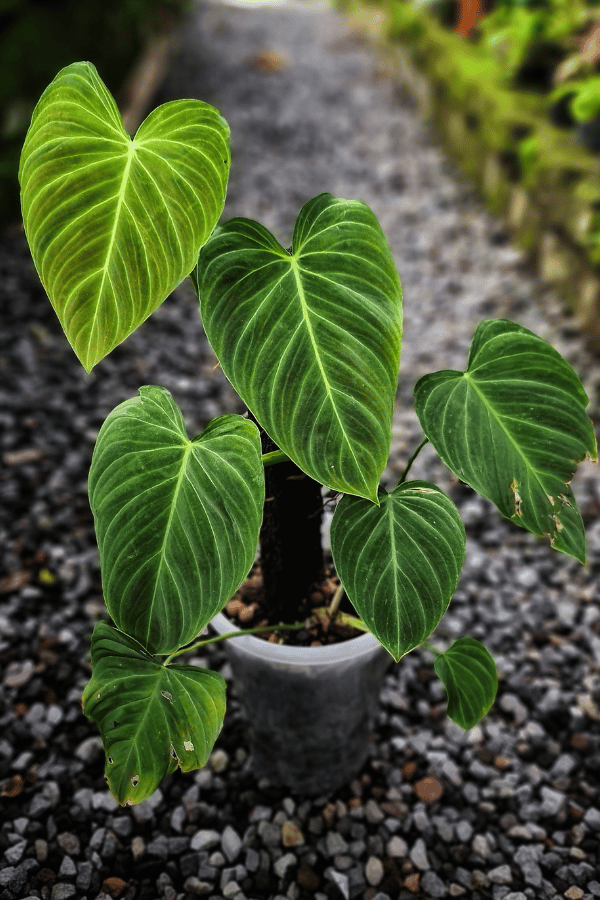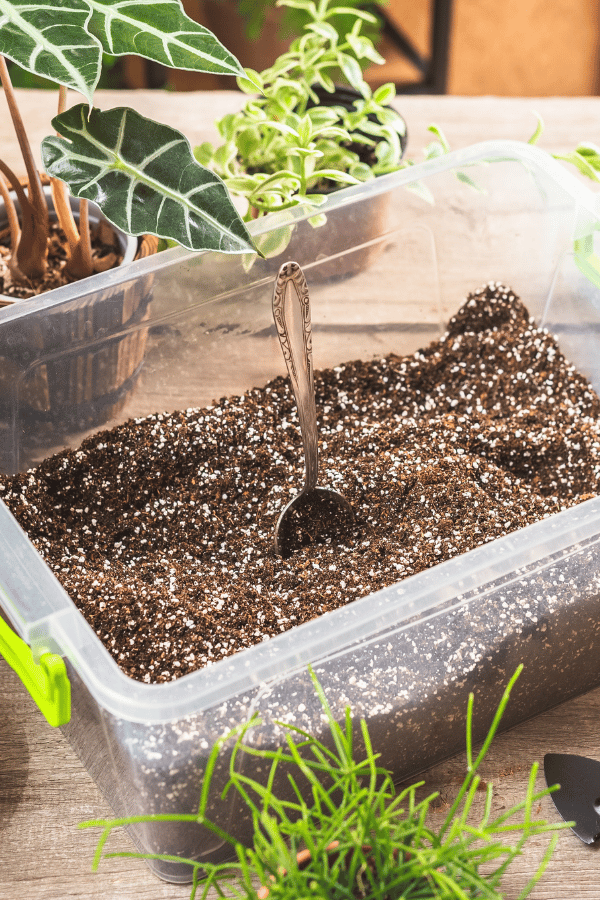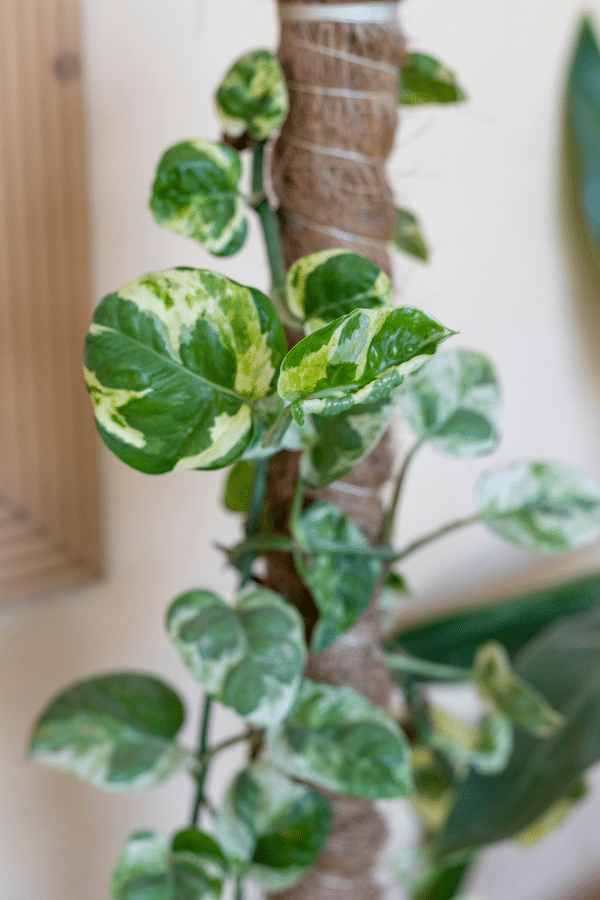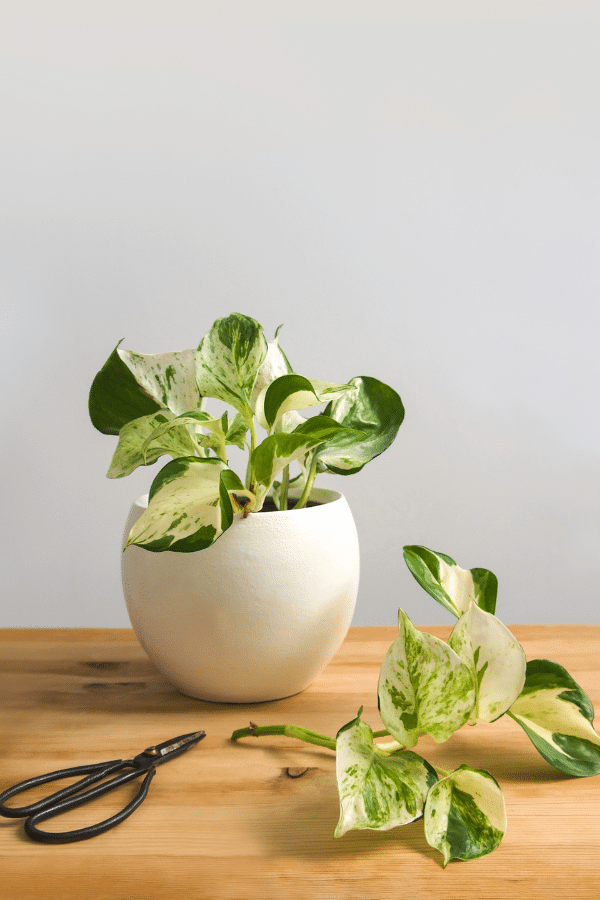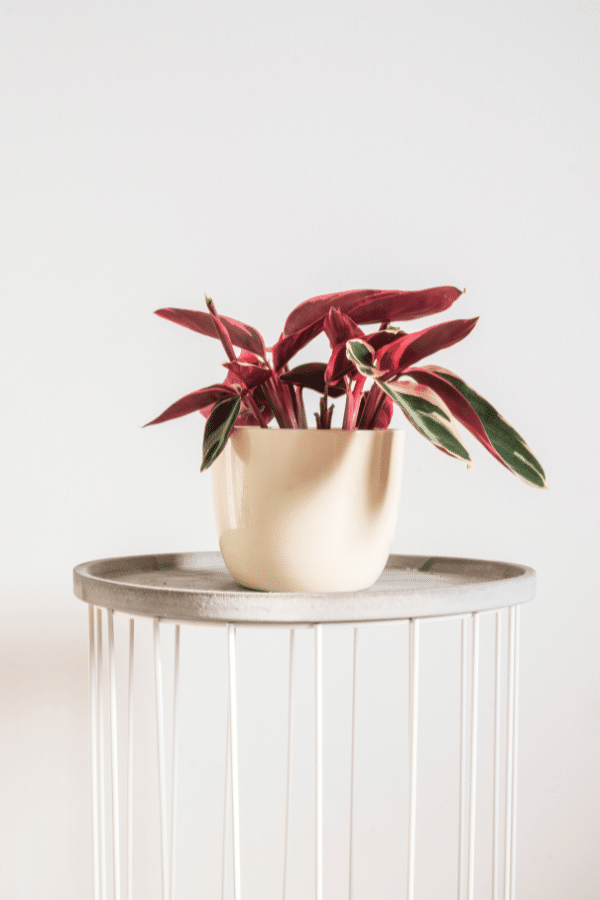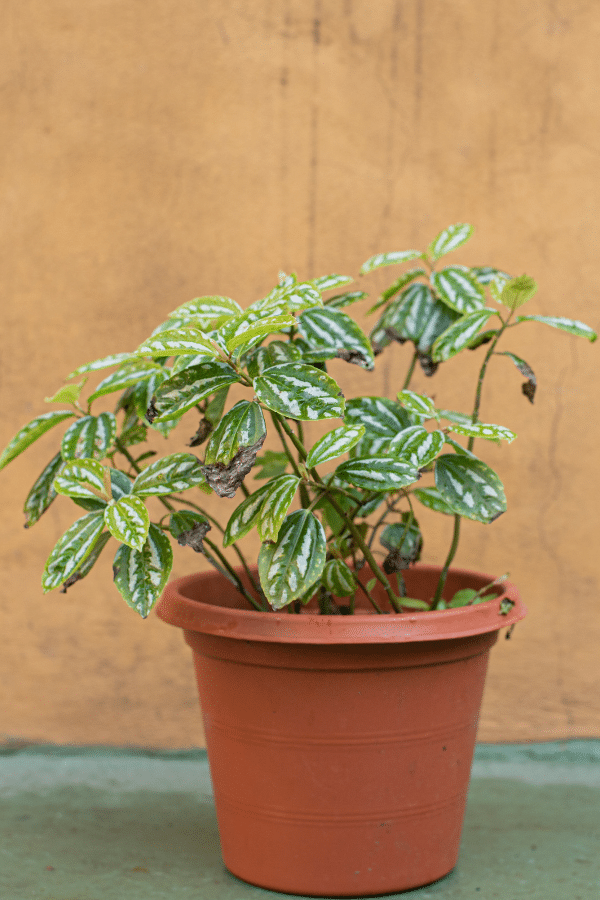Ficus Alii
Scientific Name: Ficus Maclellandii
Common Name: Banana Leaf Fig, Ficus Alii, Ficus Binnendiijkii
Ficus Alii care is a rather easy Ficus to grow and care for. If you want a tall houseplant with unique foliage, a Ficus Maclellandii plant may be for you.
Provide this plant with well-draining soil, keep soil not dry and not soaking wet, provide it bright light, temperatures ranging from 60-85F, and above-average humidity levels to give this Ficus plant the best care.
Quick Care Overview
Below we will dive deep into this Ficus Alii care guide.
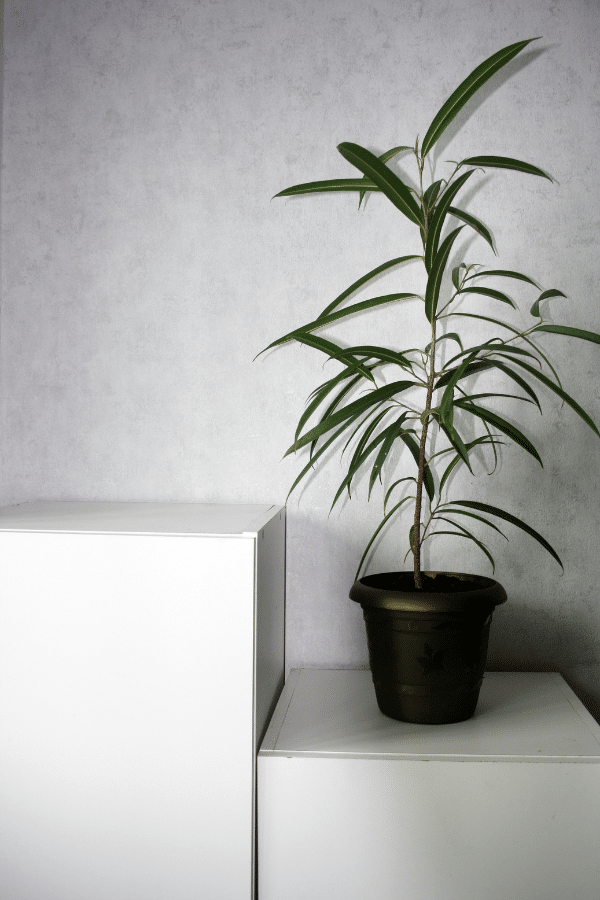
| Common Name | Banana Leaf Fig |
| Scientific Name | Ficus Alii, Ficus Maclellandii, Ficus Binnendiijkii |
| Family | Moraceae |
| Origin | Southeast Asia |
| Growth Rate | Medium |
| Identification | Deep green shaggy foliage that weeps down |
| Height | Up to 10 feet tall |
| Soil | Well-draining soil |
| Water | Don’t let dry out |
| Temperature | 60-85F |
| Sunlight | Bright indirect light |
| Toxic to Cats & Dogs | Yes |
| Toxic to Humans | Yes |
| Pests | Mealybugs, scale, whitefly |
| Diseases | Botrytis, root rot |
Ficus Alii History
The Banana Leaf Fig, otherwise known as Ficus Maclellandii Alii, is native to tropic Southeast Asia in Malaysia and India, which is named “Alli” or king, in Hawaiian. This Ficus is kin to the trendy Fiddle Leaf Fig and Ficus Benjamina. However, when compared to many other indoor fig plants, the Banana Leaf Fig is often considered to be easier to care for.
Ficus Alii Identification
The Banana Leaf Fig is known for its big, deep green, shaggy foliage that appears to weep down, similar to a weeping willow. Leaves may grow up to 10″ long.
Ficus Alii Growth Facts
Ficus Alii is a medium-sized tree and, when grown indoors, may grow to reach up to the ceiling. This sizeable indoor plant makes a perfect accent piece for a large, open space such as a living room.
How Big Does a Ficus Alii Get?
Ficus Maclellandii may grow up to 10 feet tall when cultivated indoors.

Ficus Alii Care
Ficus Alii care is easy as long as you are able to give it the growing environment and care it needs to thrive.
Ficus Alii Soil
It is essential to choose the right growing medium for your Ficus if you do not want to have issues related to overwatering from improperly draining soil. However, Ficus Alii is not overly picky about its soil. Any quality standard commercial potting mix should do just fine.
Ficus Alii Fertilizer
Ficus Alii will need to be fed when it is actively growing during the warm growing season. Choose a balanced liquid fertilizer indicated for houseplants. Feed monthly during the growing season. Ensure that you do not overfeed your plant. Additionally, you should not fertilize your Ficus during fall or winter.
Ficus Alii Watering
Being a low-maintenance plant, this Ficus is not very fussy about watering either. However, you should take some care not to overwater or underwater your Ficus. Ficus Alii will take better to underwatering than it will to overwatering. This fig tree can go a while without being watered, as long as it is not allowed to dry out completely. However, for best results, you should regularly water your fig tree. It is best to let the top 2-3 inches dry out before rewatering.
Ficus Alii Light Requirements
When it comes to lighting, Ficus Alii is not overly picky. This plant will tolerate medium light or low light but has a preference for bright indirect light. Lower light levels will slow down growth. However, you should keep this plant away from direct, intense sunlight as this will burn your plant’s foliage and cause damage. An east-facing window will be perfect for this fig. As this Ficus tends to grow towards the light, you may want to rotate your plant’s container so that it will have uniform growth.
Ficus Alii Temperature & Humidity
Ficus Alii is a hardy plant that thrives in normal household conditions. It likes to be kept between 60-85F and may survive through temperatures as low as 45F. This fig tree prefers above-average humidity, at a level between 60-80%. If you live in a predominantly arid environment, you may aid your Ficus’ growth by misting your plant’s leaves 2-3 times weekly or by installing a humidifier. This plant should never be placed near a heater, AC unity, or drafts, as it does not like to have large fluctuations in its surrounding temperature.
Repotting Ficus Alii
Depending on growing conditions, Ficus Alii should be repotted every 2-3 years. It may be time to repot when you start to see roots peeking from the drainage holes or sluggish growth. Repotting should be done in spring or summer. Select a pot that is 1-2 inches larger than the previous planters. Remove the root ball, place it in the new larger pot, refresh with fresh potting soil, lightly tamp, water, and place it in indirect light. Ensure that your new container has drainage holes.
Ficus Alii Maintenance & Pruning
As these Ficus trees may become quite tall, they can be pruned to control their height. Additionally, this plant’s shaggy foliage may become quite thick and dense. Dead, discolored, or damaged leaves should also be periodically removed. Utilize sharp, sterilized pruning shears and be careful not to get this Ficus’ sap on your skin, as it is quite irritating to most.

Ficus Alii Propagation
Ficus Alii may be easily propagated through branch cuttings, but you will need rooting hormone. To propagate, simply select a branch, and prune off a section that is about 4-6 inches long. Ensure that each section has a couple of leaves on it. Each cut end should be dipped into a rooting hormone and placed into a container with fresh soil. Water thoroughly and place the container(s) in indirect light. Within a couple of weeks, new roots should form.
Ficus Alii Toxicity
Ficus Alii is toxic to humans and pets so keep away from small children and curious cats and dogs.
Toxicity to Humans
Ficus Alii is considered toxic to humans, and the milky sap that it excretes when injured can provide skin irritation. Wear gloves when handling this plant and wash hands as well. This plant is poisonous when ingested and should be kept away from children.
Toxicity to Cats & Dogs
Ficus Alii is considered toxic to pets. If you suspect your pet has eaten any portion of this plant, contact your veterinarian or animal poison control immediately.
Ficus Alii Problems
Ficus Alii Leaves Turning Yellow
Foliage of Ficus Alii may turn yellow due to overwatering or underwatering and will likely drop off. Get to know your Banana Leaf Fig and set a watering schedule in which the plant will thrive.
Ficus Alii Leaves Turning Brown
When the foliage of your Ficus Alli turns brown, it is most often due to overexposure to too much direct sunlight. Always provide your Ficus Maclellandii with bright filtered light.
Ficus Alii Diseases
When it comes to plant disease, root rot and Botrytis are the most common enemies of Ficus Alii. Ensure that you do not overwater your plant and that it is not allowed to sit in excess water within the plant’s tray.
Ficus Alii Pests
Ficus Alii, like many other indoor houseplants, may be attacked by mealybugs, scale, or whiteflies from time to time. Upon identifying an infestation, isolate your plant, and treat it with a pesticide, such as insecticidal soap or neem oil. Ensure that you follow all label instructions.
FAQ
Is Ficus Alii an Indoor Plant?
Native to Southeastern China, Ficus Alii has been plucked out of its native environment and into houses all around the world as an indoor plant. It can grow up to 10 feet tall as a houseplant.
Why Are the Leaves Falling Off My Ficus Alii?
Leaf drop on Ficus Alii can happen from environmental shock. Once you have a happy spot for your plant, let it be and don’t move the plant much as it will cause the plant to drop many leaves. Keep decent moisture levels and be sure to not dry out the soil much.

